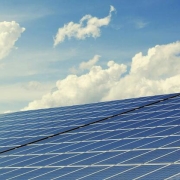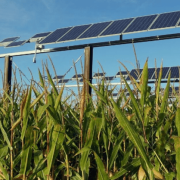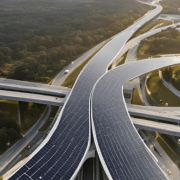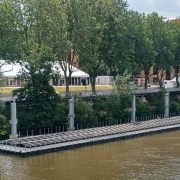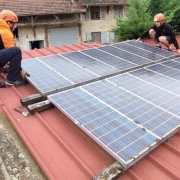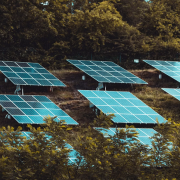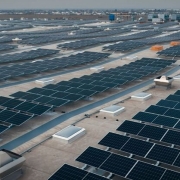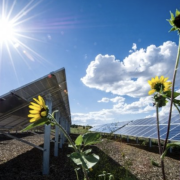The photovoltaic power station will consist of 7 956 solar panels spread across an area of four hectares in Artukainen, a district located about five kilometres west of downtown Turku. The panels will produce 3 400 megawatt-hours of energy a year, reducing carbon-dioxide emissions by about 3 000 tonnes over 15 years – equivalent to the emissions of 23 000 flats.
Turku Energia will own and operate the park, selling the energy to Bayer. The two companies also put pen to paper on a multiyear contract for wind energy produced at in Satakunta by Suomen Hyötytuuli, an affiliate of Turku Energia.
“Bayer’s Finland operation has been carbon neutral since 2021, and the energy Bayer uses in Turku has already been fully renewable,” commented Tomi Penttilä, head of production for Bayer in Turku. “With the new solar park and wind power agreement, the electricity we use will be produced even more locally.”
Click here to read the full article
Source: Good News from Finland
—
If you have any questions or thoughts about the topic, feel free to contact us here or leave a comment below.

